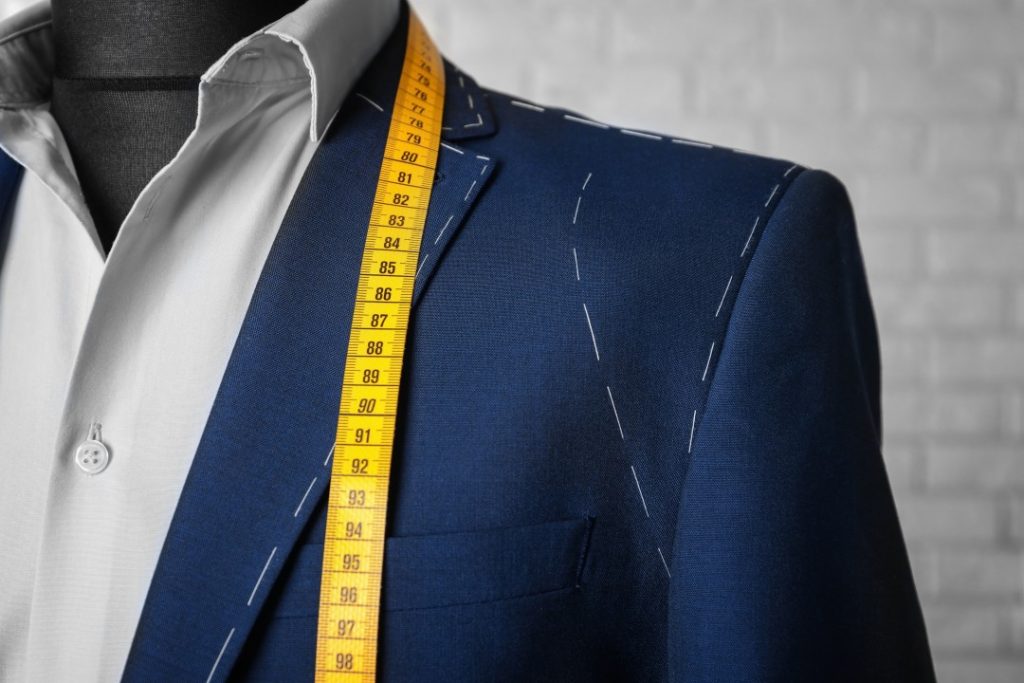For bespoke tailoring or even refined off-the-rack adjustments, the cornerstone of precision garment fitting is a mens dress form. By draping, pinning, and shaping fabrics on a life-sized male mannequin, tailors and designers gain real-time feedback on silhouette, proportions, and ease resulting in superior craftsmanship and customer satisfaction.
1. Why a Dress Form Outperforms Flat Patterns
Traditional flat-pattern drafting translates 2D blocks into 3D garments, but real bodies have curves, slopes, and offsets. A mens dress form bridges this gap:
- 3D Visualization: See how lapels, waist seams, and dart placements behave on a rounded torso.
- Dynamic Adjustments: Fine-tune shoulder slopes, chest fullness, and hip contours without repeated fittings on the wearer.
- Material Behavior: Test how drape, stretch, and grain-line interact with fabric weight and structure critical for wools, linens, and knits alike.
2. Selecting and Calibrating Your Form
A well-designed mens dress form offers adjustable features to mirror varied body types:

- Expandable Circumferences: Dials or inserts that let you match chest, waist, and hip measurements precisely.
- Collapsible Shoulders: Remove or lower shoulder caps to simulate natural shoulder widths or athletic builds.
- Height Adjustment: Set the form’s torso height so collars, lapels, and pocket placements align with actual anatomical landmarks.
Once you obtain your form, use a soft tape measure to calibrate each dimension neck, chest, waist, hip, and back length so that it reflects the target measurement block or specific client specs.
3. Draping Techniques for Structured and Soft Tailoring
Whether you are crafting a structured blazer or relaxed trousers, draping on a mens dress form streamlines the process:
- Marking Grainlines: Pin your muslin or toile to the center front and side seams, ensuring straight-grain alignment for balanced hang.
- Establishing Dart Placement: Pin dart legs directly on the form to contour chest and waist transitions transfer these to your pattern for precise cutting.
- Testing Ease and Movement: Manipulate muslin side-seam allowances to gauge freedom of movement in the armscye, seat, and calf vital for both formal and casual garments.
For additional insights on fit and draping, consult this comprehensive guide to suit fitting from Real Men Real Style, which outlines body shapes, fabric considerations, and style guidelines.
4. Transitioning from Form to Finished Garment
After perfecting the drape and seams on your mens dress form:
- Trace and Slash: Mark seamlines, darts, and style lines on the muslin remove it and lay flat to create an accurate paper pattern.
- Add Seam Allowances: Incorporate consistent allowances typically ⅝ for seams and 1 for hems to ensure reproducibility.
- Mock-Up and Refine: Produce a secondary toile in less expensive fabric to reconfirm fit before cutting into premium materials.
5. Integrating into Your Studio Workflow
To maximize efficiency:
- Dedicated Fitting Area: Position your dress form under diffused daylight or a daylight-balanced lamp to evaluate color and drape accurately.
- Tool Accessibility: Install pegboards or wall pockets for scissors, pins, and measure tapes within arm’s reach of the form.
- Routine Maintenance: Dust and inspect your form monthly cover it when idle to protect the foam or fabric surface from dust and wear.
By incorporating a fully adjustable mens dress form into your tailoring process, you ensure each piece achieves balanced proportion, precise detailing, and exceptional fit. This indispensable tool not only enhances workflow efficiency but also elevates the standards of men’s garment construction delivering tailored excellence with every stitch.
